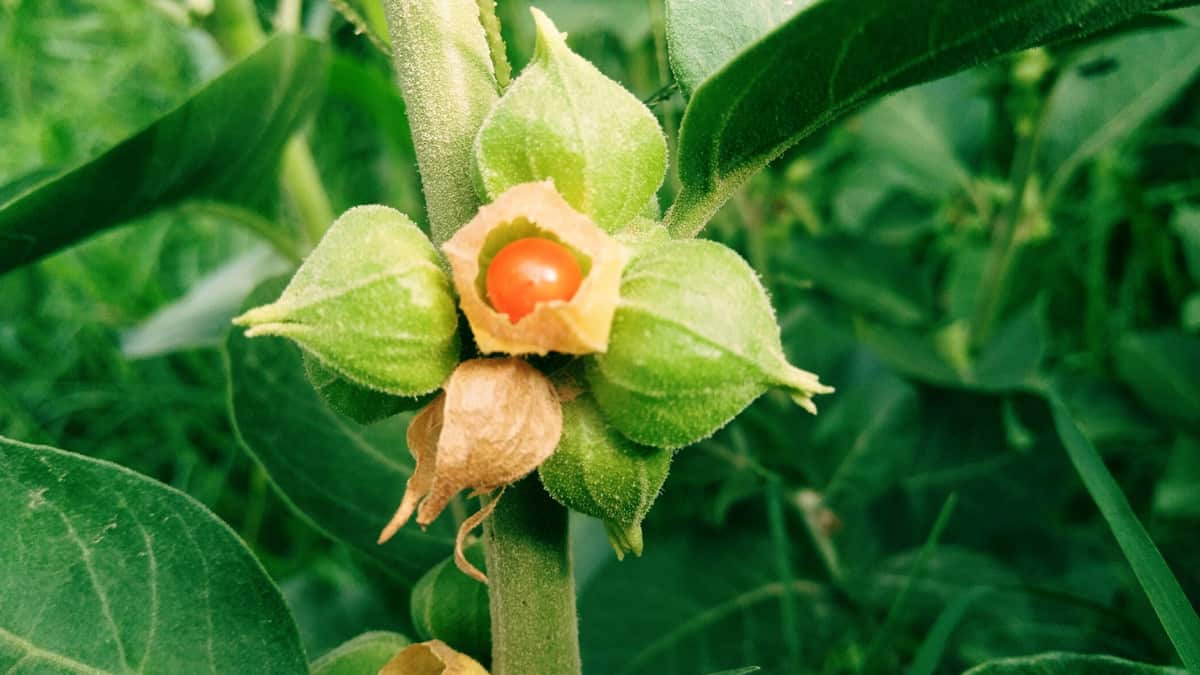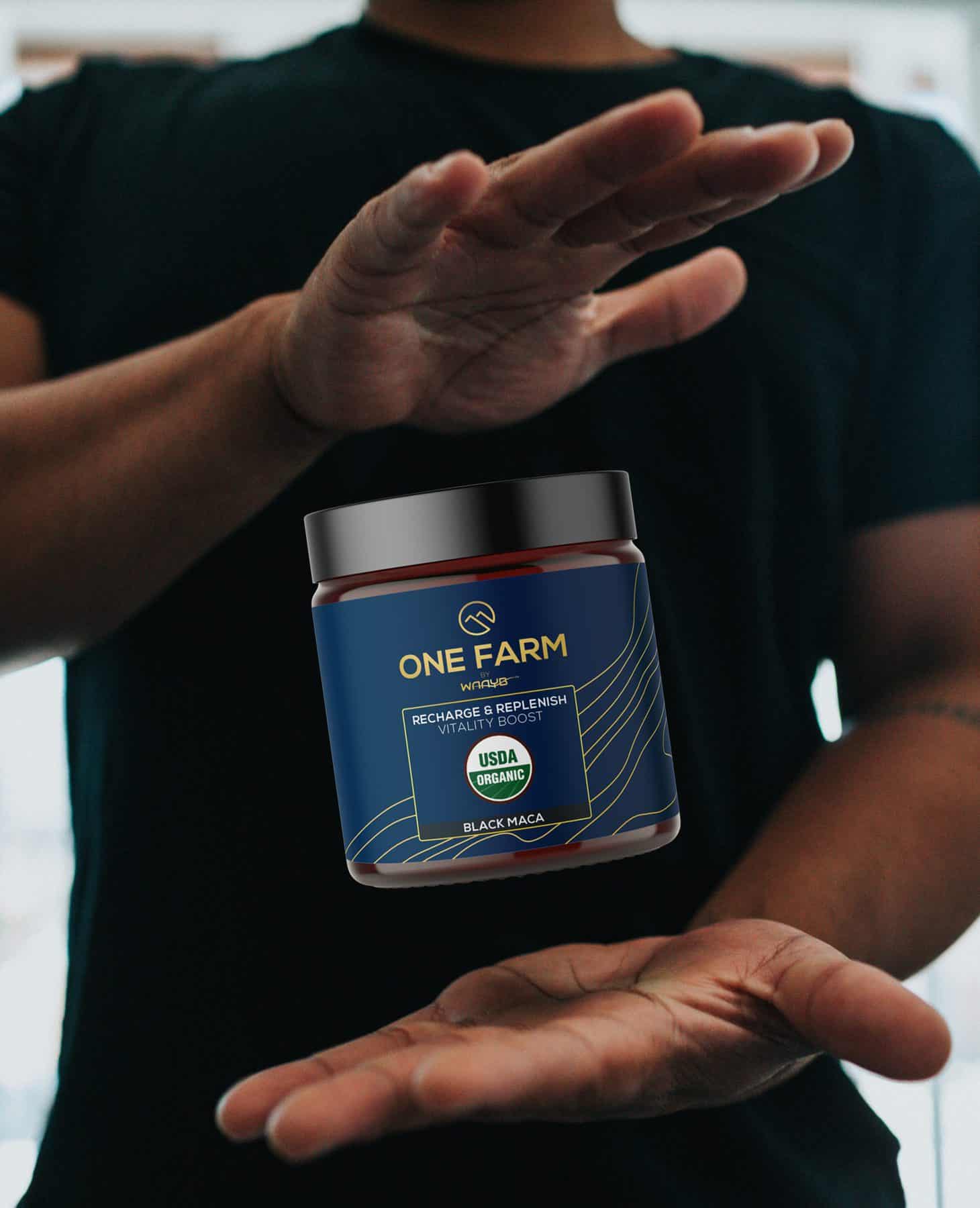Read time: 3.5 minutes
Interactive Content: Click tabs “What, Why, Where” to reveal more
ASHWAGANDHA BENEFITS
One of the oldest recorded medicinal herbs, the roots of this small green shrub have an 8,000 year history in traditional medicine in its native India where it has been revered for its restorative benefits.

Inside the super herb
ASHWAGANDHA
Straight from the Source
Ashwagandha
Ashwagandha, or Withania somnifera, is a short perennial shrub that is part of the nightshade family. It has over 8,000 years of traditional use in its native India, Pakistan and Sri Lanka and is referred to as the “Prince of Herbs” because it of its broad range of therapeutic effects.
History
Ashwagandha is one of the oldest recorded medicinal herbs with mentions dating back to 6,000 BC where it was often referred to in the Ayurvedic texts the Cheraka and Sushruta Samhitas for its ability to boost mood and reduce inflammation.
One of the most esteemed Hindu sages, Punarvasy Atreye, who is believed to have worked as the personal physician of the kings and laid the foundations for the Charaka used the root in the majority of his Ayurvedic medicines for its restorative benefits.
Today hundreds of clinical trials are being performed to prove the power of the ancient root, with promising results in the lowering of cortisol levels, increasing oxygen consumption, balancing hormones, and several more.
Harvest
Unlike other potent tonic herbs such as ginseng, ashwagandha is fairly easy to cultivate and is ready for harvest after only one year. The fresh roots of one-year old plants are harvested from January to March and are then either dried whole or cut into short pieced and dried directly in the sun.
Anatomy
A small, green shrub with yellow flowers and tiny orange-red fruit. It grows up to two feet tall with hairy branches that extend radially from a central stem. The leaves are a dull green and can be up to five inches long.
Etymology
Ashwagandha is the combination of the Sanskrit words ashva, meaning horse, and gandha, meaning smell, reflecting the roots strong odor.
Ashwagandha Benefits*
Ashwagandha’s is full of withanolides, which are a group of naturally occurring steroids that have been shown to help lower Cortisol levels leading to a reduction in stress and anxiety.
Historical Uses
Ashwagandha has been used in traditional Indian medicine for thousands of years and for almost every ailment. It is mentioned in the Kama Sutra as a potent sexual stimulant, but its main use was to address stress, strain, and fatigue due to its restorative benefits.
Other Potential Health Benefits of Ashwagandha *:
- Boost mood and energy
- Increase muscle mass and strength
- Lower cholesterol and triglycerides
- Improve brain function, including memory
- Regulate hormones
Ashwagandha Sources
The evergreen shrub, Ashwagandha grows naturally in India, the Middle East, and parts of Africa.
ASHWAGANDHA
Summary
This powerful root has been used in traditional Indian medicine for thousands of years to replenish the body from the effects of stress, strain, and fatigue, so we had to include it in our R&R.
BLACK PEPPER
Benefits
Piperine, the main active compound in black pepper has shown to reduce inflammation and act as a natural pain reliever.
Go to blogBLUEBERRY
Benefits
Our Replenish & Recharge is loaded with this little blue superfood to help your body fight the damages caused by free radicals with high levels of antioxidants, particularly a group of flavonoids called anthocyanins.
Go to BlogCHAGA
Benefits
Chaga’s Benefits derive from its high concentrations of antioxidants, Vitamin D, and Manganese, and it has been used to alleviate arthritis, increase the production of cytokines, and lower blood sugar.
Go to Blog


